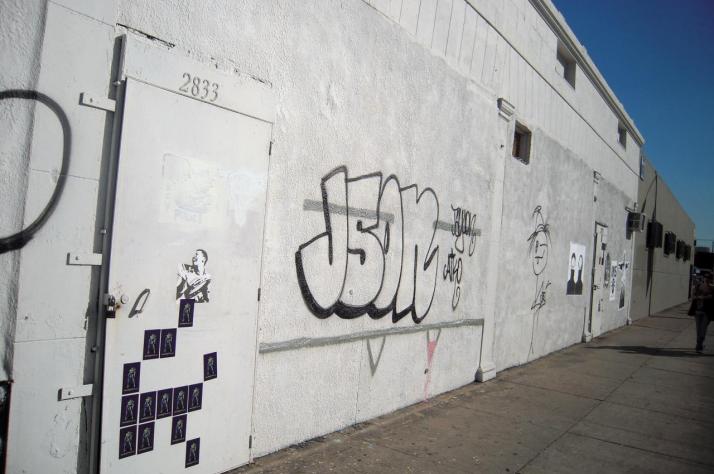In modern programming, data is often exchanged in the form of JSON (JavaScript Object Notation) due to its simplicity and flexibility. Golang is a popular language that supports working with JSON natively. In this article, we will explore how to work with JSON in Golang.
JSON in Golang
Golang has built-in support for encoding and decoding JSON data. The encoding/json package provides a simple and powerful way to work with JSON in Golang. With this package, we can easily marshal and unmarshal JSON data.
Marshaling
Marshaling is the process of converting a Go data structure into a JSON-encoded byte array. The encoding/json package provides the "Marshal" function for this purpose. The following code demonstrates how to marshal a Go struct into JSON.
package main
import (
"encoding/json"
"fmt"
)
type Person struct {
Name string
Age int
}
func main() {
p := Person{Name: "John", Age: 30}
b, err := json.Marshal(p)
if err != nil {
panic(err)
}
fmt.Println(string(b))
}
The output of this program is:
{"Name":"John","Age":30}
Unmarshaling
Unmarshaling is the process of converting a JSON-encoded byte array into a Go data structure. The encoding/json package provides the "Unmarshal" function for this purpose. The following code demonstrates how to unmarshal a JSON-encoded byte array into a Go struct.
package main
import (
"encoding/json"
"fmt"
)
type Person struct {
Name string
Age int
}
func main() {
b := []byte(`{"Name":"John","Age":30}`)
var p Person
err := json.Unmarshal(b, &p)
if err != nil {
panic(err)
}
fmt.Println(p.Name, p.Age)
}
The output of this program is:
John 30
Working with JSON arrays JSON also allows for the representation of arrays. In Golang, we can work with JSON arrays by defining a struct with a slice field. The following code demonstrates how to work with JSON arrays in Golang.
package main
import (
"encoding/json"
"fmt"
)
type Person struct {
Name string
Age int
}
func main() {
b := []byte(`[
{"Name":"John","Age":30},
{"Name":"Jane","Age":25}
]`)
var people []Person
err := json.Unmarshal(b, &people)
if err != nil {
panic(err)
}
for _, p := range people {
fmt.Println(p.Name, p.Age)
}
}
The output of this program is:
John 30 Jane 25
Best Practices
-
Define struct fields as exported. When defining a struct that will be used for marshaling and unmarshaling JSON data, make sure to define the struct fields as exported. Exported fields are those that start with a capital letter, and they are required for the
encoding/jsonpackage to be able to access and manipulate the struct fields. -
Use the correct type for JSON data. JSON data can have different types, such as
string,number,boolean,null,object, andarray. When defining a struct field for a JSON data type, make sure to use the correct Go type. For example, a JSON string should be mapped to a Gostring, a JSON number should be mapped to a Go numeric type such asintorfloat64, and a JSON array should be mapped to a Goslice. -
Use struct tags to define JSON field names. When marshaling and unmarshaling JSON data, the
encoding/jsonpackage uses the struct field names to match the corresponding JSON field names. However, sometimes we may want to use different field names in our Go structs than in our JSON data. In this case, we can use struct tags to define the JSON field names. For example:
type Person struct {
Name string `json:"full_name"`
Age int `json:"age"`
}
-
Check for errors. When marshaling and unmarshaling JSON data, errors can occur due to various reasons such as invalid data format, missing fields, or unsupported data types. Always check for errors returned by the
encoding/jsonpackage functions and handle them appropriately. -
Use a JSON validator. Before unmarshaling JSON data, it's a good practice to validate it to ensure that it's well-formed and meets the expected structure. There are many JSON validation libraries available for Golang, such as
gojsonschemaandgo-valid8. -
Use streaming for large JSON data. When working with large JSON data that cannot fit in memory, consider using the streaming approach provided by the
encoding/jsonpackage. Streaming allows us to read and write JSON data in chunks without loading the entire data into memory. This can be done using the "Decoder" and "Encoder" types in theencoding/jsonpackage.
By following these best practices, we can work with JSON data in Golang effectively and avoid common pitfalls.
Conclusion
JSON is a popular data format used for exchanging data between different systems. Golang provides built-in support for encoding and decoding JSON data. The encoding/json package provides a simple and powerful way to work with JSON data in Golang. In this article, we have explored how to marshal and unmarshal JSON data, as well as how to work with JSON arrays.


Comments